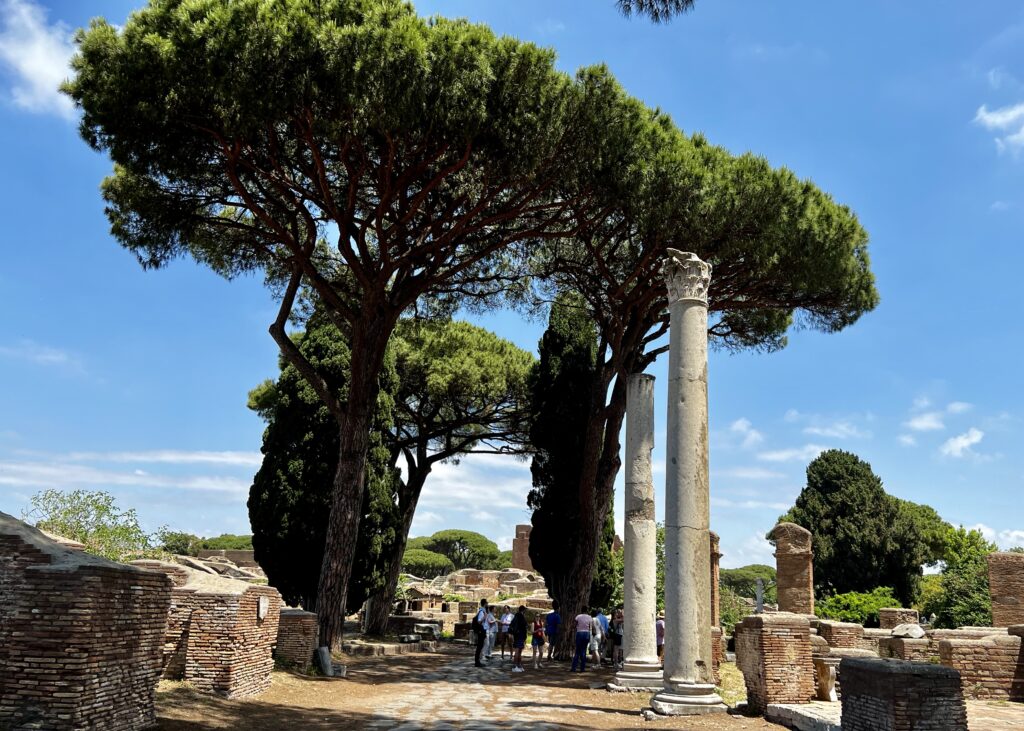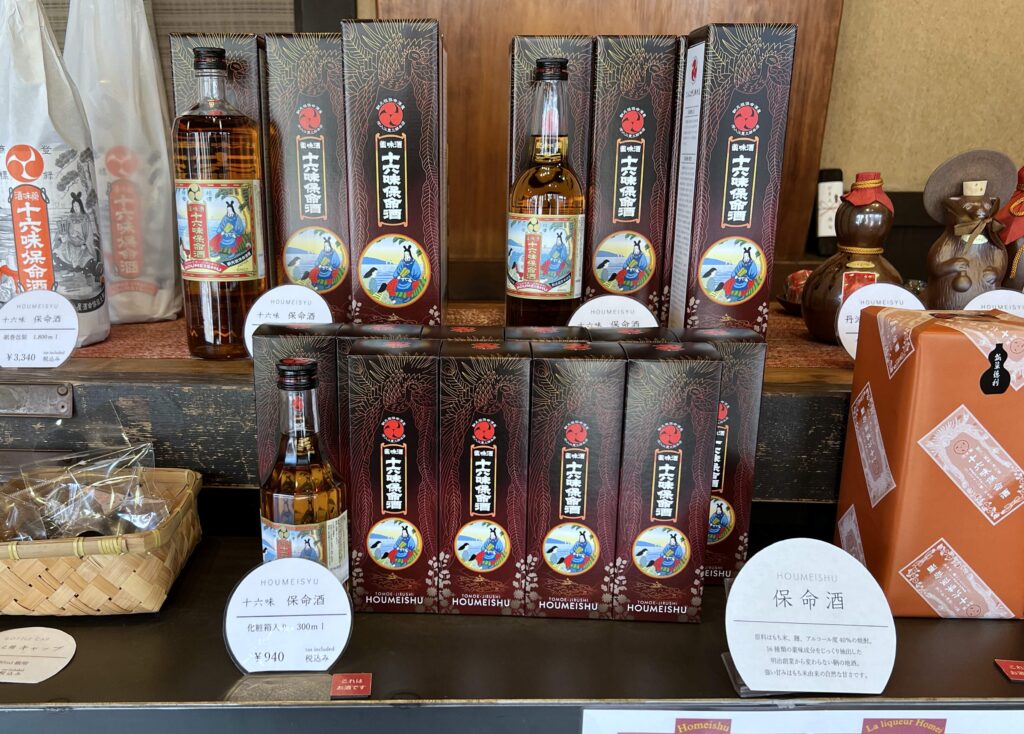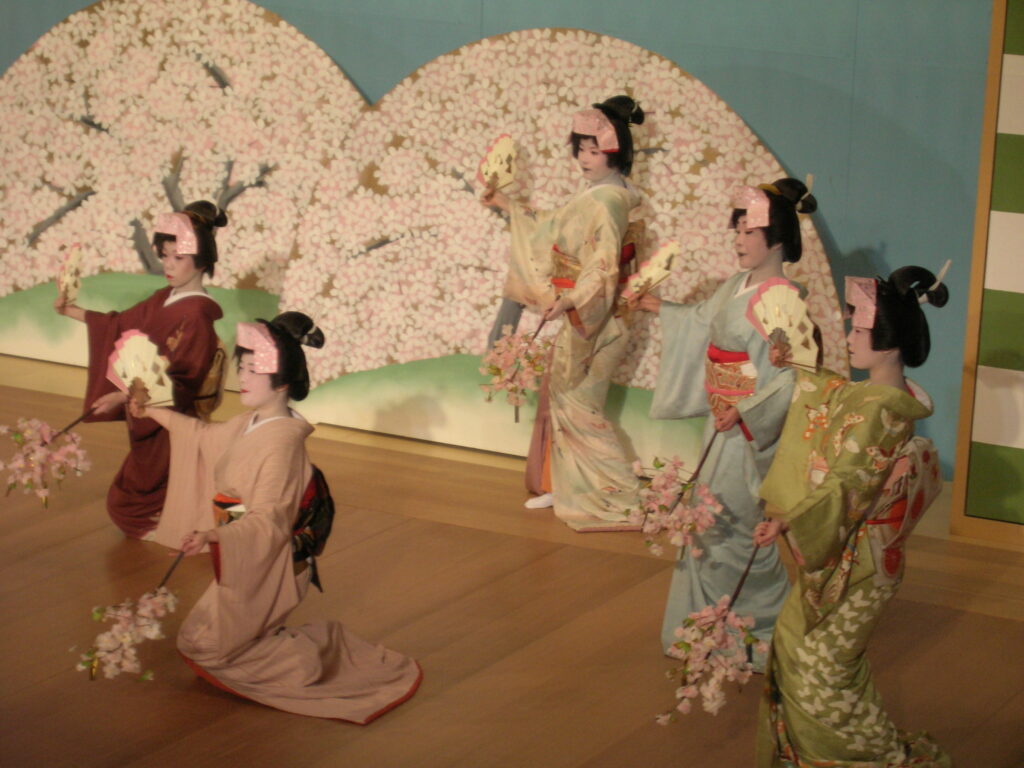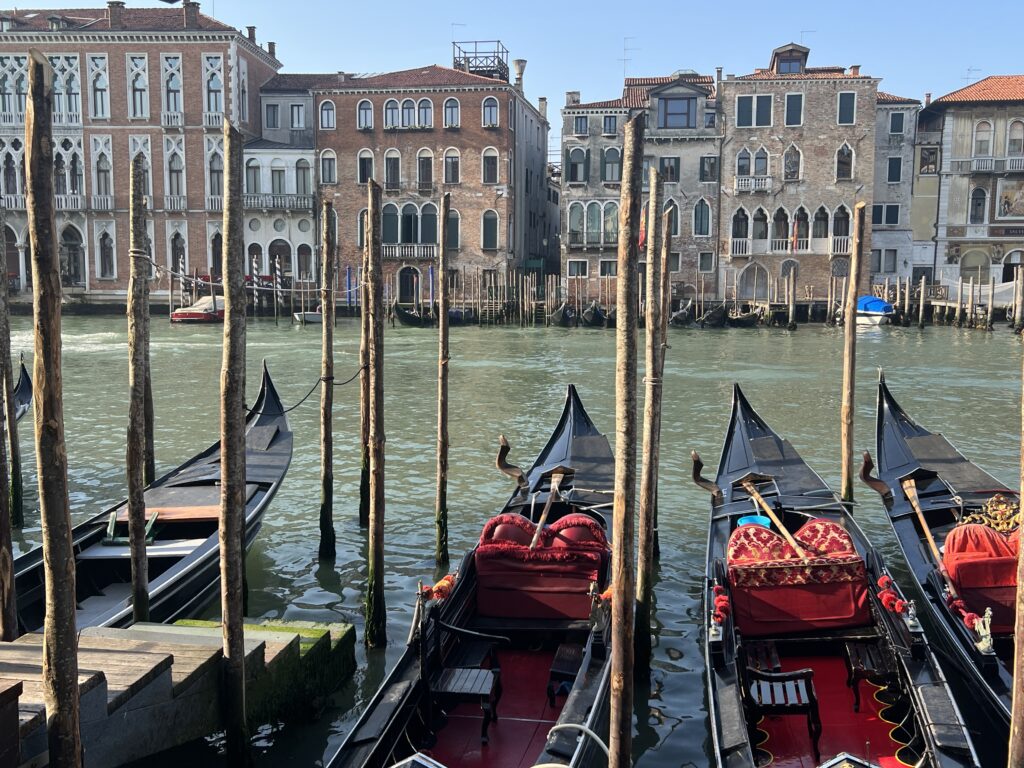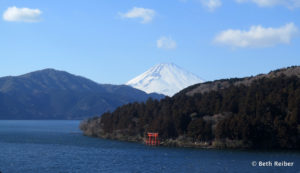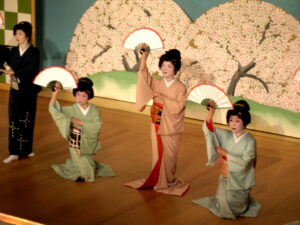I finally got my guide book contract for Frommer’s Tokyo yesterday, with the due date of this 12th edition set for November. My original plan to depart for Tokyo in mid-March was of course dashed by the earthquake and tsunami on March 11, and though I optimistically thought I’d go in April, I’m now wondering whether I’ll even make it in May.
Tokyoites are working hard to get their world back to normal, but the prospect of rolling power blackouts this summer when air conditioning kicks in makes it hard to predict exactly what the future might bring. And of course, there’s that vexing question of the Fukushima Daiichi nuclear plant. Who would have thought, a month after the disaster, that we are no closer to a solution than we were back then?
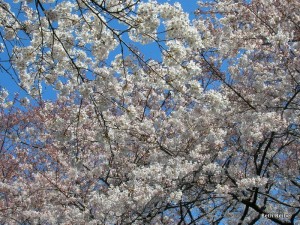 I’ve always tried to time my month in Tokyo when the cherry blossoms and then the azalea bushes are in bloom, making sure I’m headed back home before Golden Week (end of April). The absolute worst time to be in Tokyo as far as I’m concerned is during the rainy season, from about mid-June to mid-July, when it rains almost every day and I’m battling crowded sidewalks alive with enemy umbrellas and then have to stash my wet umbrella every few minutes while I duck into a store, restaurant or hotel to update my guide. Of course, it’s even worse when the rains stop, when the humidity rises to the equivalent of a steam bath.
I’ve always tried to time my month in Tokyo when the cherry blossoms and then the azalea bushes are in bloom, making sure I’m headed back home before Golden Week (end of April). The absolute worst time to be in Tokyo as far as I’m concerned is during the rainy season, from about mid-June to mid-July, when it rains almost every day and I’m battling crowded sidewalks alive with enemy umbrellas and then have to stash my wet umbrella every few minutes while I duck into a store, restaurant or hotel to update my guide. Of course, it’s even worse when the rains stop, when the humidity rises to the equivalent of a steam bath.
But I’d take any of this if Tokyo were its old self, vibrant, quirky, fascinating, mind-boggling and alive. How can I do my work when the government is predicting factories will have to curb their energy usage by 25% or more, small businesses and stores in Tokyo by 20%, and residences by 15%? When I ask museums, stores and restaurants what their open hours might be next year when the guide book is published, won’t they just look at me in astonishment for asking such a stupid–and unanswerable–question? How can anyone know anything about next year? We all have hopes, but not much about the future seems to be in our control. And it seems futile to be writing a guide book about a future we know nothing about.
Junko, my friend in Tokyo, pleaded with me a few weeks ago to come to Tokyo, saying Japan needed me to promote the country to foreign tourists more than ever. I pointed out that people don’t go to Japan because of my guide book; they buy my book when they’ve already decided to go. And not many people are going to Japan right now, even though the vast majority of the country–southern Honshu, Kyushu, Okinawa, Hokkaido–is physically untouched by the disaster (being spiritually devastated is another issue). A week later Junko said I shouldn’t come, maybe not even until autumn, because I’d just be depressed seeing how much Tokyo has changed, like the life had been sucked right out of it.
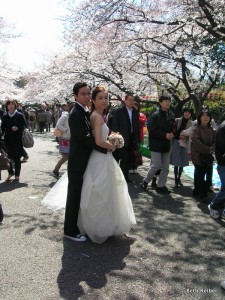 The cherry blossoms came out anyway, and though festivals heralding the event were canceled and the mood was more subdued, people flocked to see them and to take solace. I’m always amazed at the crowds that turn up year after year, photographing and admiring the blossoms like it’s the first time they’ve seen them. To the Japanese, the cherry blossoms are like life itself, reborn each spring, fleetingly beautiful and expiring all too quickly.
The cherry blossoms came out anyway, and though festivals heralding the event were canceled and the mood was more subdued, people flocked to see them and to take solace. I’m always amazed at the crowds that turn up year after year, photographing and admiring the blossoms like it’s the first time they’ve seen them. To the Japanese, the cherry blossoms are like life itself, reborn each spring, fleetingly beautiful and expiring all too quickly.
